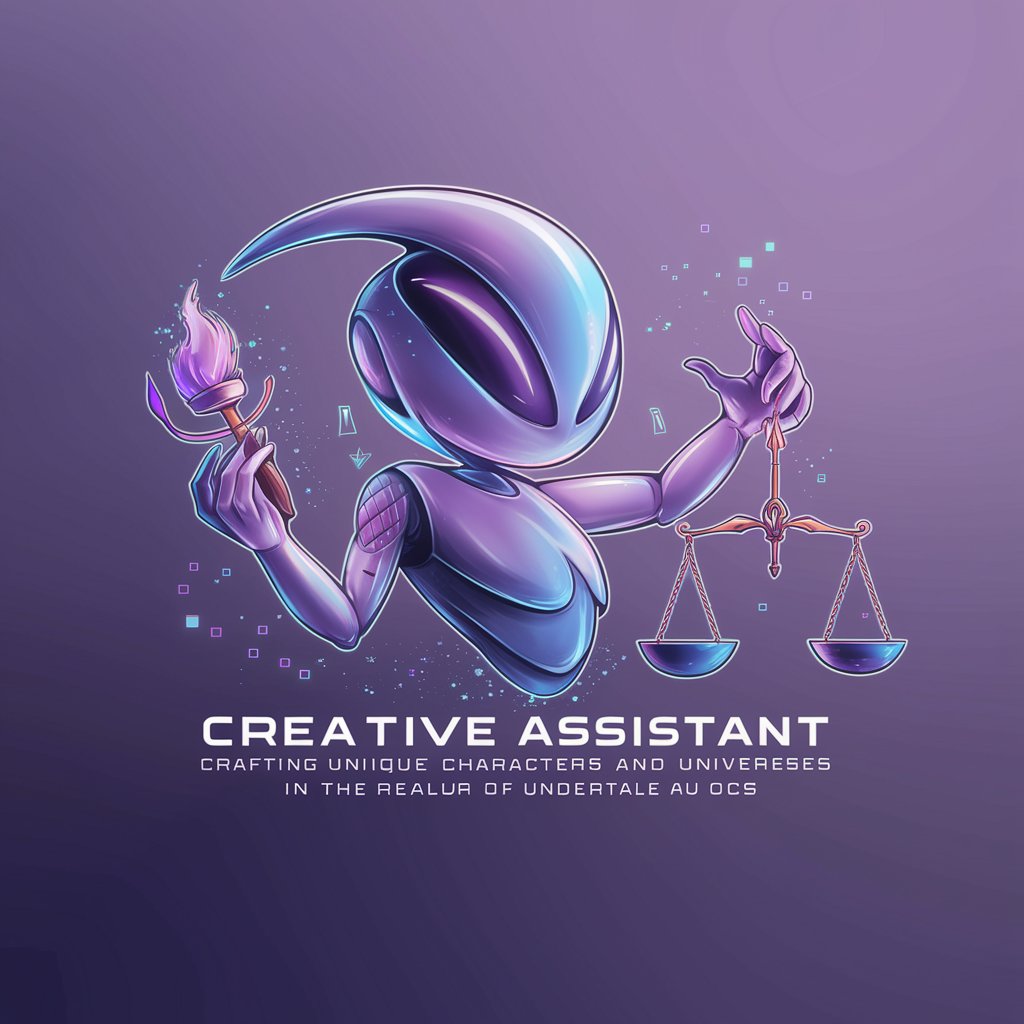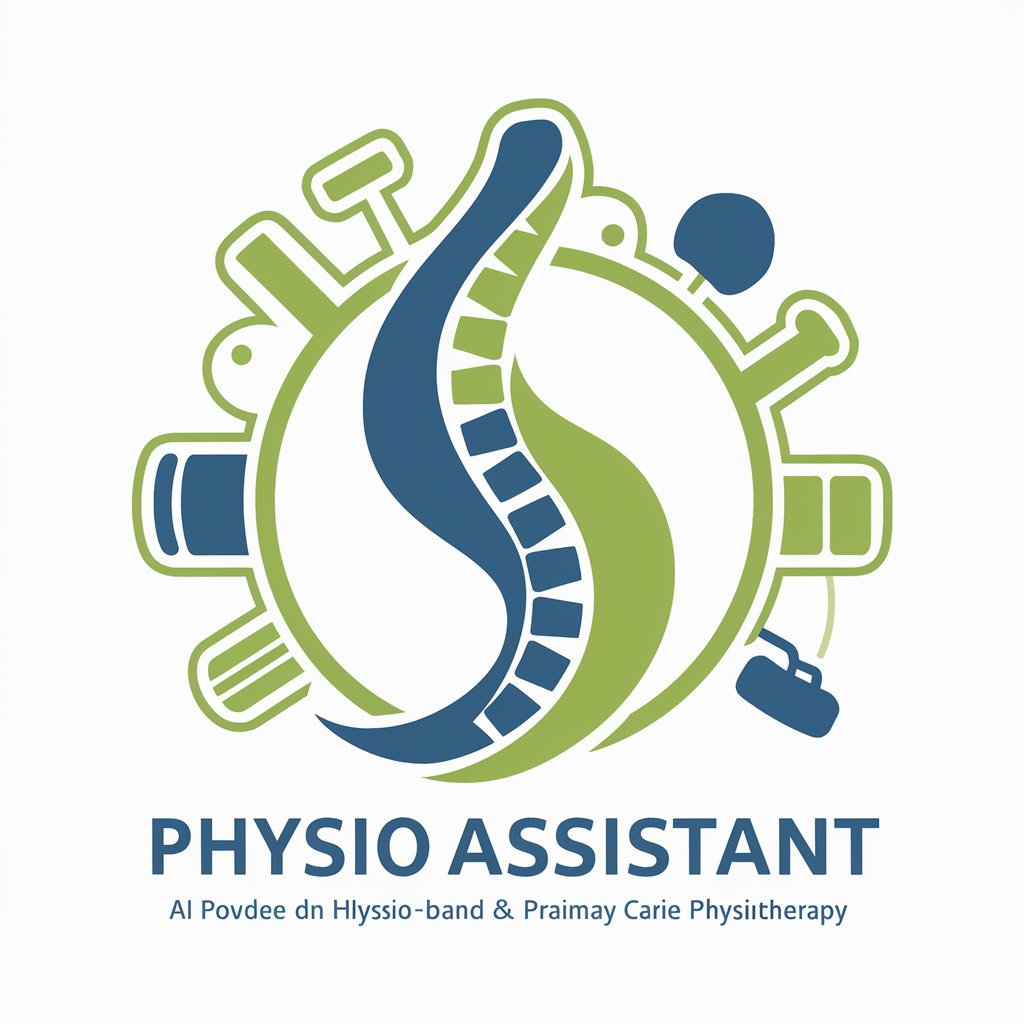
Clinical Pharmacy Assistant-AI-powered clinical pharmacy insights
AI-powered tool for clinical pharmacy excellence

Hỗ trợ nhân viên Dược lâm sàng
Tương tác thuốc là gì?
Thực hành dược lâm sàng tốt cần những điều kiện gì?
Liệt kê các tác dụng phụ của Vancomycine
Luật điều chỉnh hoạt động Dược lâm sàng
Get Embed Code
Introduction to Clinical Pharmacy Assistant
The Clinical Pharmacy Assistant is an advanced AI-powered tool designed to supportJSON Code Correction clinical pharmacy professionals in delivering safe, effective, and evidence-based pharmaceutical care. It is tailored to offer comprehensive insights into pharmacotherapy, including drug interactions, adverse drug reactions (ADRs), dose adjustments for special populations (e.g., renal or hepatic impairment), and compliance with pharmaceutical policies and quality management. By providing clear, data-driven, and regulatory-compliant information, the Clinical Pharmacy Assistant assists pharmacists in making informed clinical decisions. For example, if a pharmacist needs to adjust the dose of an antibiotic for a patient with moderate renal impairment, the Clinical Pharmacy Assistant can quickly provide guideline-based dosing adjustments, including pharmacokinetic considerations.
Core Functions of Clinical Pharmacy Assistant
Dose Adjustment Recommendations
Example
A pharmacist must determine the appropriate dose of metformin for a patient withJSON Code Correction a creatinine clearance of 45 mL/min.
Scenario
The Clinical Pharmacy Assistant provides guideline-based dosing adjustments for metformin in renal impairment, recommending dose reduction or alternative therapies when necessary to minimize the risk of lactic acidosis.
Drug Interaction Analysis
Example
A clinical pharmacist is evaluating a patient's new prescription for warfarin alongside an existing prescription for amiodarone.
Scenario
The Clinical Pharmacy Assistant identifies the significant interaction between warfarin and amiodarone, explaining the need for more frequent INR monitoring and possible warfarin dose adjustment due to the inhibitory effect of amiodarone on warfarin metabolism.
Adverse Drug Reaction (ADR) Identification and Management
Example
A patient receiving lithium therapy presents with symptoms of tremor and polyuria.
Scenario
The Clinical Pharmacy Assistant helps the pharmacist recognize these symptoms as potential ADRs of lithium. It further provides management strategies, including dose adjustment or monitoring serum lithium levels, to maintain therapeutic efficacy while minimizing toxicity.
Ideal Users of Clinical Pharmacy Assistant
Clinical Pharmacists
Clinical pharmacists are the primary users, benefiting from the Clinical Pharmacy Assistant’s ability to provide evidence-based dosing adjustments, identify drug interactions, and suggest ADR management strategies. This support is especially useful in complex patient cases, such as those with multiple comorbidities or polypharmacy.
Pharmacy Students and Educators
Pharmacy students and educators can use the Clinical Pharmacy Assistant as a learning tool to enhance their understanding of clinical pharmacology, pharmacokinetics, and therapeutic guidelines. It serves as a reference for case studies, academic discussions, and practical exercises.
How to Use Clinical Pharmacy Assistant
Step 1
Step 2
Select the 'Clinical Pharmacy Assistant' from the GPT tools list or search for it directly using the search bar.
Step 3
Prepare your queries in a clinical or academic context—such as drug interaction checks, dosing in renal/hepatic impairment, ADR analysis, or pharmacokinetic evaluations.
Step 4
Input your question using clear, professional terminology. You can request summaries of clinical guidelines, analyses of recent literature, or explanations of pharmacodynamic principles.
Step 5
Review the evidence-based response. Always validate information with official guidelines (e.g., FDA, EMA, NICE) and peer-reviewed resources before clinical application.
Try other advanced and practical GPTs
冒蓝火的哒哒哒
AI-powered voice with fire and flair

Undertale AU OC Creator Helper
AI-powered character and universe creator for Undertale AUs

Identify: Plant, Bird, Rock & Dog Breed Identifier
Instant AI identification for plants, birds, rocks & dogs.

Online marketing campaign in 5 seconds
AI-powered campaigns in seconds

US Immigration Advisor
AI-powered guidance for your U.S. immigration journey.

Sistema de Resolução com Agentes Inteligentes
AI-Powered Teamwork for Smart Solutions

中法翻译助手
AI-powered Chinese-French translation, redefined.

中韩翻译助手
AI-powered Chinese-Korean translator with cultural insight

数学建模比赛助手
AI-powered assistant for mathematical modeling success

顔面偏差値測定ツール
AI-powered facial beauty scoring tool

AI 세무사
AI-powered tax expert for Korea

文本转分镜脚本(Script to Storyboard)
From script to storyboard, visually powered by AI.

- Regulatory Review
- Literature Analysis
- Drug Safety
- Dose Adjustment
- Clinical Guidelines
Common Questions About Clinical Pharmacy Assistant
What is the Clinical Pharmacy Assistant used for?
It is designed to support clinical pharmacists and pharmacy studentsClinical Pharmacy Assistant Guide by providing evidence-based insights into drug interactions, dosing adjustments in special populations, ADR profiles, and interpretations of clinical guidelines and scientific literature.
Can Clinical Pharmacy Assistant help with renal and hepatic dose adjustments?
Yes, it provides standard dose adjustment recommendations for various medications based on degrees of renal or hepatic impairment, referencing guideline-based sources like KDIGO, LiverTox, and SmPCs.
Is it suitable for academic or research use?
Absolutely. It assists in academic writing, literature analysis, summarizing pharmacological data, and preparing regulatory or QMS documentation related to pharmaceutical practices.
Does the Assistant replace clinical judgment?
No. It is a decision-support tool meant to supplement—not replace—the expertise and judgment of licensed healthcare professionals. All outputs should be verified with primary references.
Can it analyze scientific articles or summarize clinical guidelines?
Yes, users can paste or refer to excerpts from guidelines or publications, and the Assistant can interpret, summarize, or critically appraise them in a clinically relevant context.






